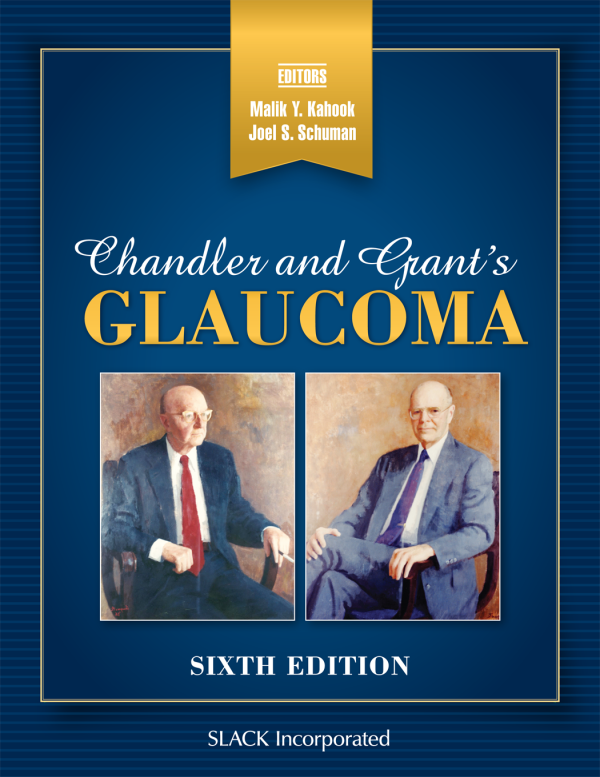CHANDLER & GRANTSCROLL BELOW FOR INFORMATION ON THE SIXTH EDITION OF CHANDLER AND GRANT’S GLAUCOMA |
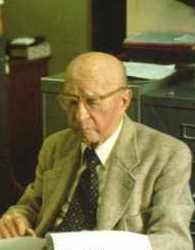 Paul A. Chandler, MD, graduated from Hastings College, Harvard Medical School and did residency at the Massachusetts Eye and Ear Infirmary (MEEI), a teaching hospital of the Harvard Medical School. Following residency, Dr. Chandler went into practice in Nebraska with Eugene C. Foote, M.D., head of the Foote Clinic. Dr. Chandler was invited back to MEEI by George Derby, M.D., and established the Glaucoma Service there in the 1940s. The Paul A. Chandler Visiting Professorship at MEEI was created by David Cogan, M.D., Chief of Ophthalmology. Dr. Chandler retired from active practice in 1984 at the age of 82. In 1986, Harvard Medical School established the Paul A. Chandler Professorship of Ophthalmology. Dr. Chandler's favorite quote: "I hold everyman a debtor to his profession. From the which as men do, of course, seek to receive countenance and profit. So ought they of duty to endeavor themselves by way of amends to be a help and an ornament thereto." - Sir Francis Bacon Lessons from Dr. Chandler:
|
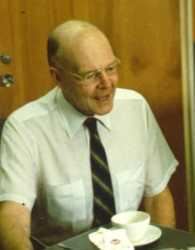 W. Morton Grant, MD, graduated from Harvard Medical School. He had a lifelong interest in organic chemistry which is reflected in his major work "Toxicology of the Eye." He began his career in the Howe Laboratory at Massachusetts Eye and Ear Infirmary (MEEI) in 1943, working with David Cogan, M.D. on the effects of mustard gas on the eye. Although his career at the Howe Lab never involved specific ophthalmology or glaucoma training, he became a world leader in both. He and Paul Chandler held weekly coffee seminars to discuss glaucoma, and an invitation to attend was a high point in an ophthalmology resident's education. Dr. Grant had a reserved, almost ascetic and self-sacrificing manner, with a wonderful, dry sense of humor. W. Morton Grant, MD, graduated from Harvard Medical School. He had a lifelong interest in organic chemistry which is reflected in his major work "Toxicology of the Eye." He began his career in the Howe Laboratory at Massachusetts Eye and Ear Infirmary (MEEI) in 1943, working with David Cogan, M.D. on the effects of mustard gas on the eye. Although his career at the Howe Lab never involved specific ophthalmology or glaucoma training, he became a world leader in both. He and Paul Chandler held weekly coffee seminars to discuss glaucoma, and an invitation to attend was a high point in an ophthalmology resident's education. Dr. Grant had a reserved, almost ascetic and self-sacrificing manner, with a wonderful, dry sense of humor.
Dr. Grant served as the first director of the Glaucoma Consultation Service at MEEI . His professional career was multifaceted. Four noteworthy aspects of Grant's career:
|
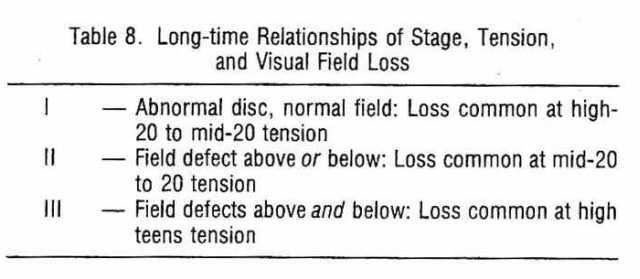 |
| Chandler and Grant's textbook was originally published in 1965, and was based on a series of lectures they had given. It has gone through four revisions and is still in print. The current publication is from April 2013 |
 |
|
Grant's work with toxicology remains unparalleled in ophthalmology. It has gone through numerous editions. The Fourth edition was co-authored by Joel Schuman. |
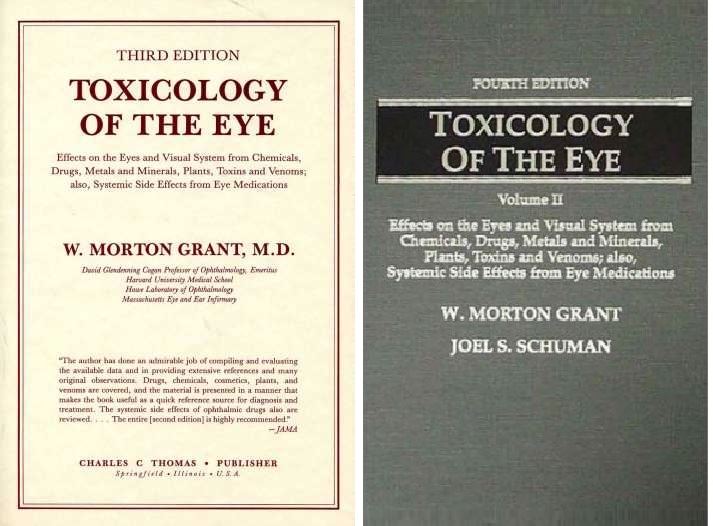 The most recent, the Sixth Edition of Chandler and Grant’s Glaucoma, was edited by Drs. Malik Y. Kahook and Joel S. Schuman and features writings from the late Dr. David L. Epstein, along with more than 80 contributors. Chandler Grant Glaucoma Society Members Each chapter has been meticulously edited and updated from the previous edition, while maintaining the well-established historical teachings of Drs. Paul A. Chandler and W. Morton Grant. New chapters on medical therapy as well as thorough updates on novel and minimally invasive approaches for the surgical management of glaucoma have been added. Visit Routledge for more information or to order the book. |

